Let’s explore the honing VS sharpening question. What’s the difference between the two and how can you choose the option that will work best in your kitchen? In this post, we’ll explore the basics and make a few product recommendations along the way.
What Causes Knives to Go Dull?
To the naked eye, the edge of most knives looks like a clean, straight edge. In reality, however, this is far from the case. Once you zoom in to the microscopic level, that knife edge looks more like a series of jagged saw teeth.
It’s these sharp points that allow a knife to cut through food effectively. Over time, these sharper edges can become bent over or even broken off. While you might not be able to see them at a glance, the effects are as clear as day.
How to Test for a Dull Blade
To tell if a knife is sharp, hold a piece of paper in one hand and gently run your blade through it. If it slides easily through the paper, you should be okay. If you’re having trouble, it’s time to either sharpen or hone your knife.
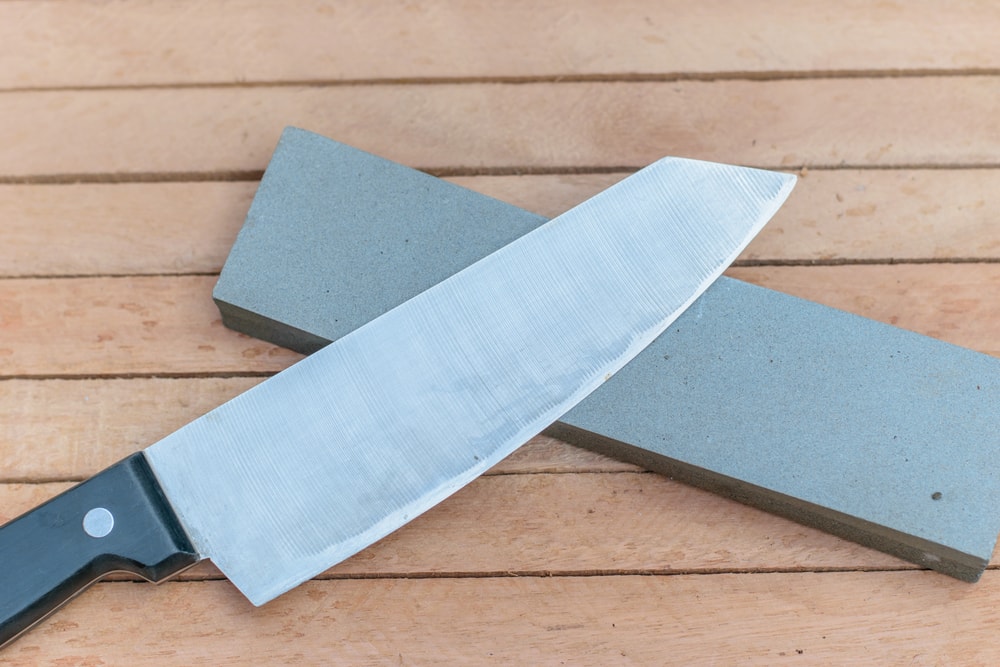
In a Nutshell – What’s Sharpening?
When you sharpen a knife, you remove small bits of material from its edge. This reveals new, sharp edges (at the microscopic level as described above) that can effortlessly glide through your food.
In a Nutshell – What’s Honing?
Remember those bent-over microscopic edges that we described above? Honing a knife pushes these edges back to the center and makes them useful again. If done regularly, honing can keep your knives sharper for longer.
Honing VS Sharpening – The Key Differences at a Glance:
- Sharpening removes old material from the edge of your knife to reveal a new, sharper edge.
- Honing realigns the existing knife edge to make it sharp again.
- If your knife is very old and dull, sharpening might be your best option.
- If you’re regularly maintaining your knives, honing will help them to last longer.
Which Should You Use?
This depends a little on the knives you’re using and their overall condition. If you’re maintaining your knives regularly, honing is the best place to start. It’s less “invasive” as an approach and, when done semi-regularly, can help your knives stay sharper for longer.
If your knife is already very old and dull, it might be too late for honing. Revealing a new edge by sharpening is probably your best bet in this scenario.
Honing Steel (Rod) VS Sharpening Steel (Rod)
So what’s the difference between honing steel VS sharpening steel? They both look fairly similar after all! As the names suggest, sharpening steel uses a more abrasive, hard material to remove old material from your knife edge while a honing rod uses a softer metal that rebends your existing blade edge.
While they look similar, they use different grades of metal so double-check before purchasing.
Our Honing Product Recommendation
We love this honing steel. It’s built for daily use, is magnetized for safety, and should help your knives stay sharp for many years to come!
Check Latest PriceOur Pro-Maintenance Sharpening Product Recommendation
If you sharpen a knife too much, you can wear it down over time. That’s why we love this whetstone sharpening set. Sharpening carefully with a whetstone is the best way to maintain the quality of your knives for well into the future.
Check Latest PriceSets like these come with every grit rating you’ll need for a huge variety of different knives. Check your HRC rating and manufacturer’s guidance to determine which grit you should be sharpening with.
Our Pro-Ease Sharpening Product Recommendation
Using a whetstone is the most sustainable sharpening option in our opinion, but it takes more time, skill, and patience. If your knives aren’t expensive, a sharpening tool like this one can do a fantastic job.
Check Latest PriceIt’s slightly more abrasive than you need, but it’s hard to argue with its speed and ease of use.
Conclusion
We hope you’ve found the suggestions above helpful. Remember that honing is best for sustainable maintenance and sharpening is best for reviving a knife that’s already dull.

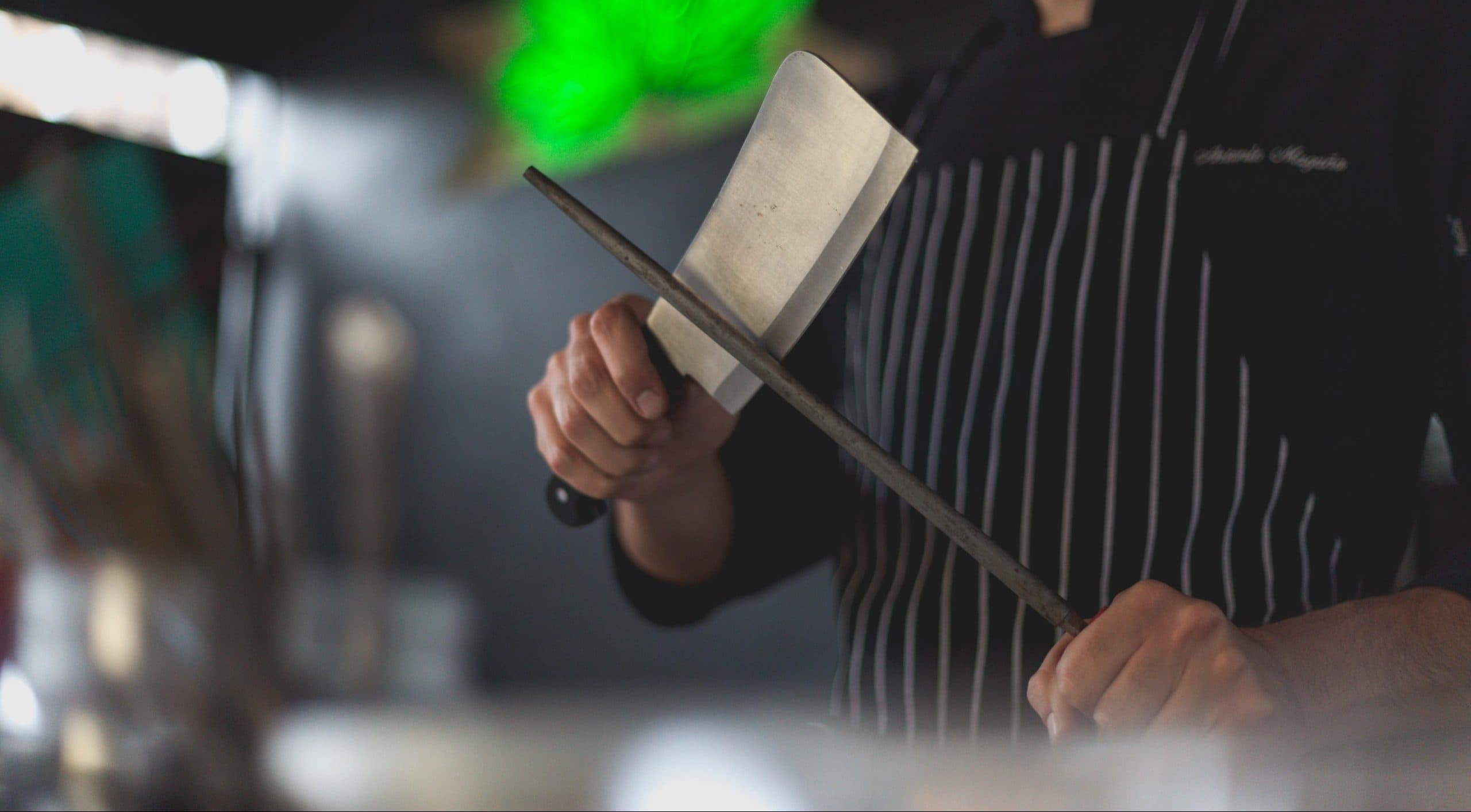
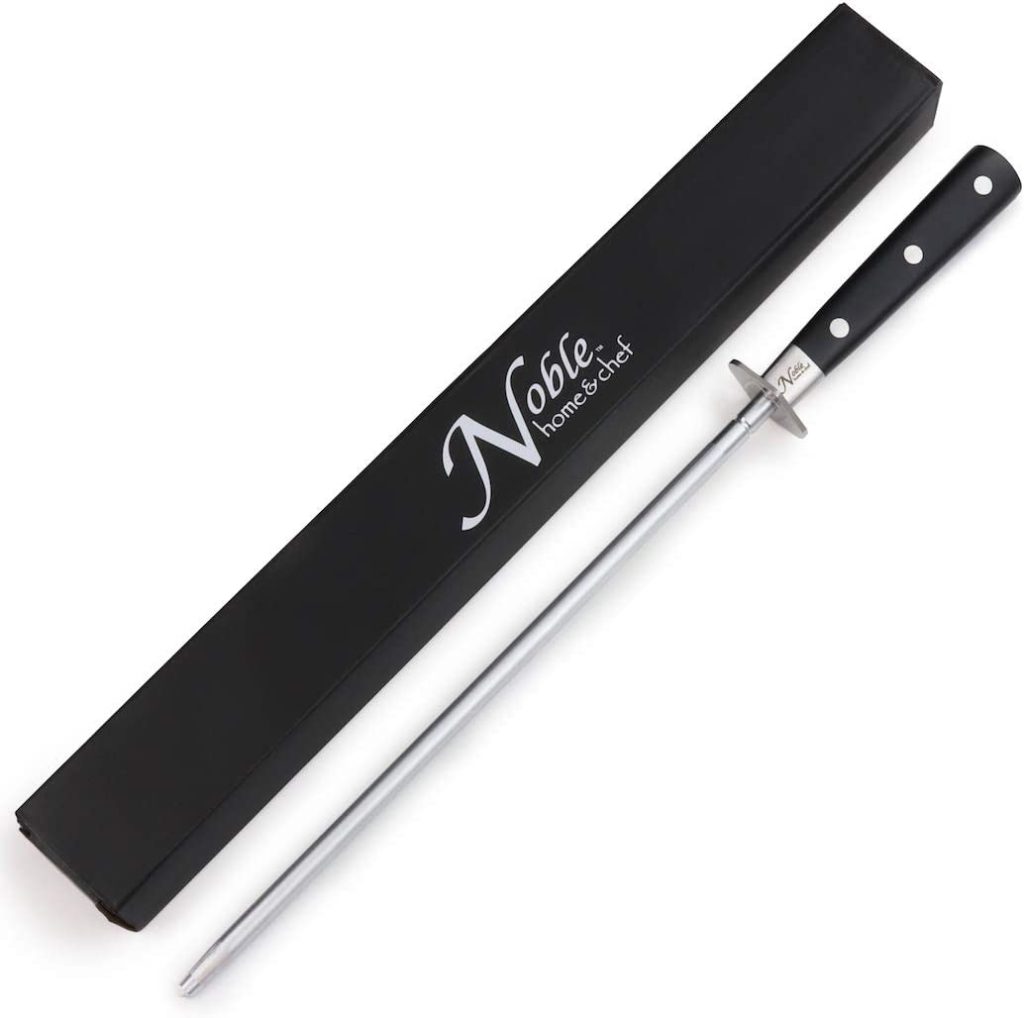
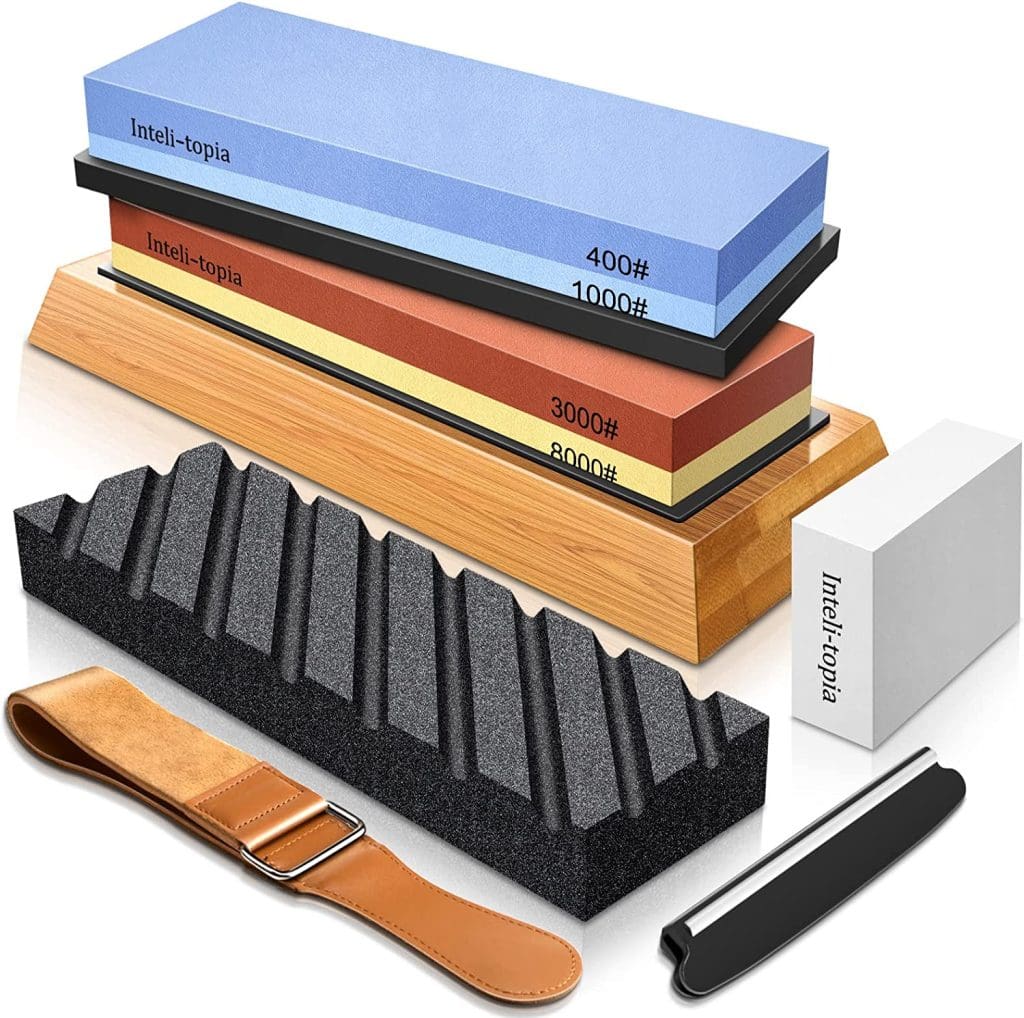
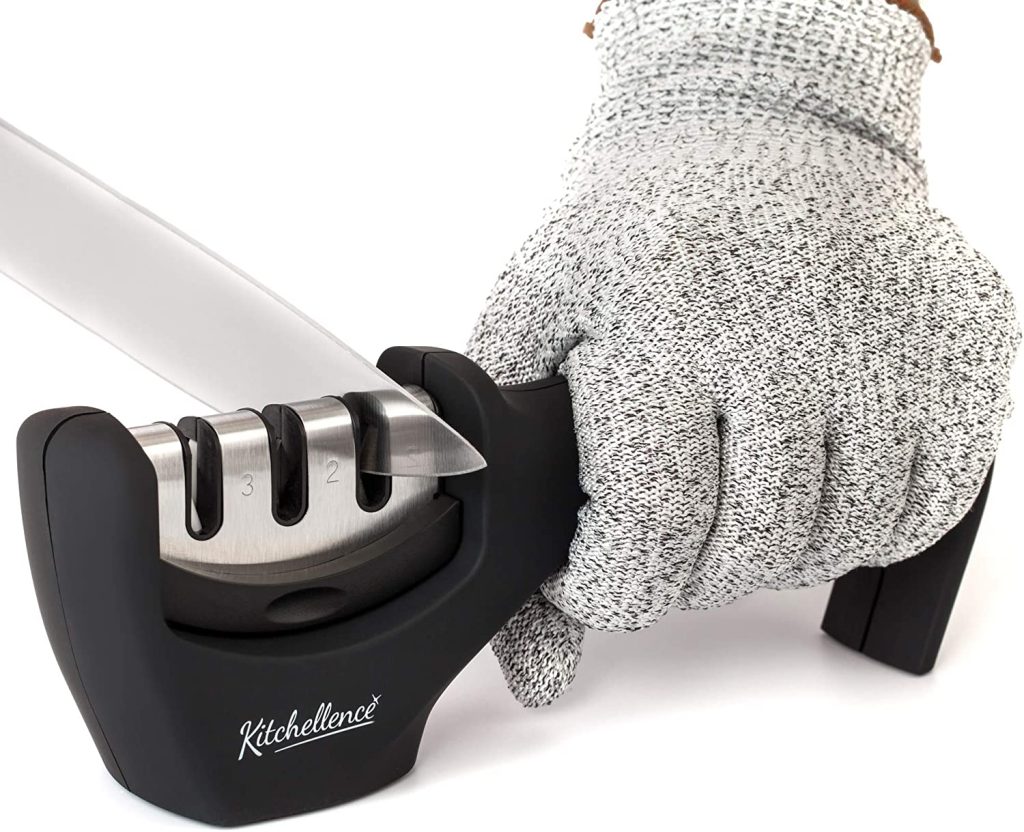


Post Your Thoughts